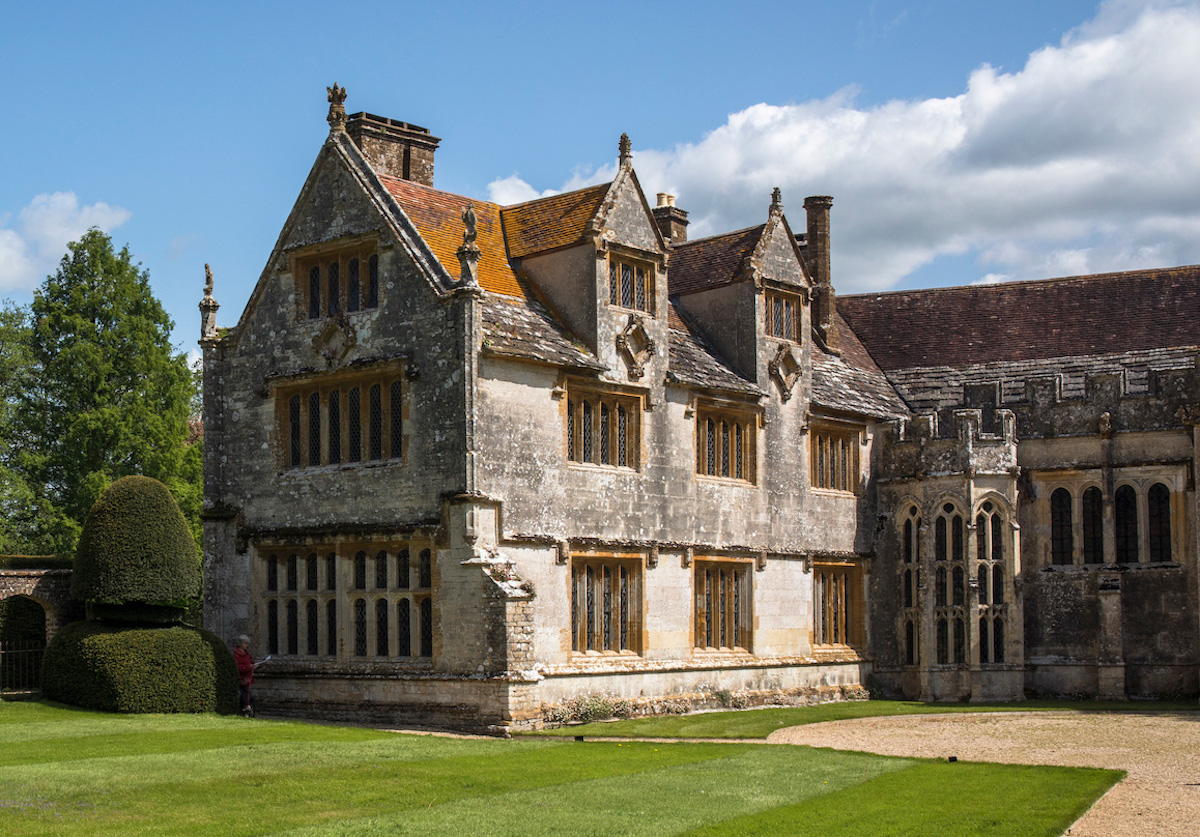SPASE has completed what is believed to be the UK’s first Grade I listed net zero conservation project saving 100 tonnes of CO2 per year.
Architectural practice SPASE has completed a two-year restoration of Athelhampton, a Grade I listed manor in Dorset, resulting in what is believed to be the first operationally carbon neutral building of its kind in the UK. Referenced in the Domesday Book, the manor has been continually occupied since the Saxon times. The current house was largely constructed during the Tudor period, with the Great Hall built by Sir William Martyn in 1485. Today, it is open to the public and includes a private residence.
The brief was to sympathetically modernise the historic structure, eliminating approximately 100 tonnes of CO2 per year and saving the client some £150,000 in annual energy bills. Working with Historic England, the architect ensured that the building’s protected features, including a hammer-beam roof, ornate carved stonework, and stained glass, were meticulously protected and integrated alongside a suite of new eco-solutions.
Working through the winter of 2020, SPASE utilised innovative underground drilling techniques to provide a new network of pipe and cable infrastructure, leaving minimal scarring on the Grade I listed landscape. Ground-mounted solar PV arrays were installed in the Paddock and the Kitchen Garden yard, maximising sunlight capture, while remaining concealed from view from the rest of the house and gardens. Optimised to use as little energy in operation as possible, a renewable heating solution, including 15 ASHP, 4 GSHPs and 12 TESLA batteries – one of the largest Powerwall installations in the UK – replaces the building’s historic LPG and kerosine system.
The second phase of works focused on the internal fabric of the manor house, with SPASE transforming each room and undertaking extensive joinery and lighting design, in addition to the technical restoration of an Elizabethan kitchen range. Improved layouts were introduced on a room-by-room basis and included the addition of underfloor heating (UFH) in timber floors with insulation, the replacement of concrete slabs with limecrete and UFH, and reuse of Victorian trench heaters. Breathable insulation was installed in the roofs and a sensitive heat control system introduced to avoid overheating the historic fabric. Within its first operational year, the site energy cost is £0 and the building fabric is at significantly less risk of decay.
Additional Images
Source: Architecture Today





